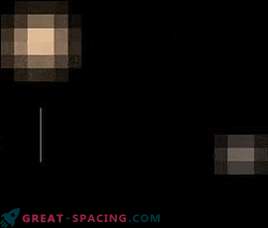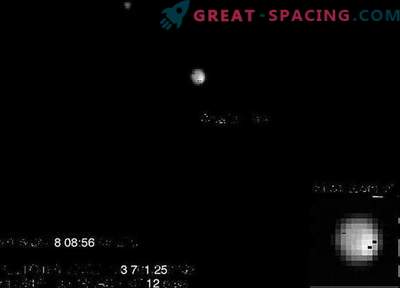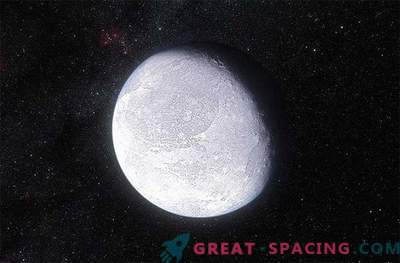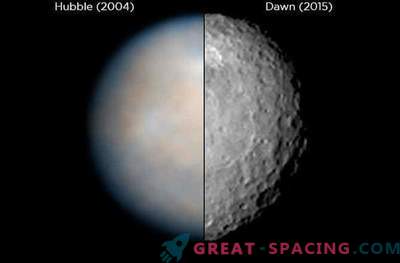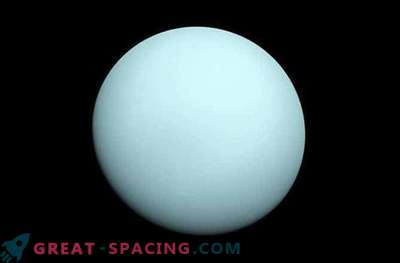
Without a strong magnetic shield, the thin atmosphere of Pluto “spreads” into space. But Charon protects his dwarf friend a little.
Space weather can be a nightmare for planetary atmospheres. This is especially true of those that are deprived of a magnetic field for protection, in contrast to the Earth, equipped with a powerful magnetosphere, acting as armor. Therefore, it is strange to hear that the dwarf planet Pluto, which does not have a global magnetic field, has an atmosphere. But, like in other planets of our system, the Sun is destroying its atmosphere, albeit more slowly than expected.
Although astronomical observations recorded the presence of the atmosphere on Pluto long before the NASA circled New Horizons in July 2015, little was known about how much it was in outer space due to the influence of a continuous stream of solar wind particles. New measurements of the Horizons, however, showed that the rate of loss of the atmosphere is 100 times less than expected. The authors of the new study put forward their theory of what could protect the rarefied atmospheric gases of the planet.
Researchers at the Georgia Institute of Technology have shown that at the time when Charon’s orbit passes between Pluto and the Sun, its presence should change the constant shock wave appearing “upstream” of Pluto in the form of particles of sunlight colliding with a thin atmosphere. It resembles a wave that muddies the water in front of the boat’s nose, and it turns out that Charon manages to create a block for a short time. To maximize protection, Charon must also have an atmosphere, but he performs minimal actions when he passes “downstream” of Pluto. Since their orbits are close, they are believed to share atmospheric gases. And when Charon passes behind Pluto, the particles of the planet settle at the poles of the moon, manifesting themselves as a dark brown sediment.
Since Pluto is located far away in the Kuiper Belt, the effect of the solar wind is much lower than what the planets get closer.
“Because of this, the object still has several native volatile elements,” said student John Hale. “But even such a long distance does not save from the slow loss of the atmosphere. Knowing the speed with which it is destroyed, we can determine when it all began, and how it looked originally. We will also understand what the solar system was made of during the formation. ”
Since their orbits are close, and the moon is about half the size of a dwarf planet, they have a common point in space - the “barycenter”. This orbital whim added fuel to the fire of the debate about whether Pluto should be called a dwarf planet, or whether two objects should become a “binary planet.”



